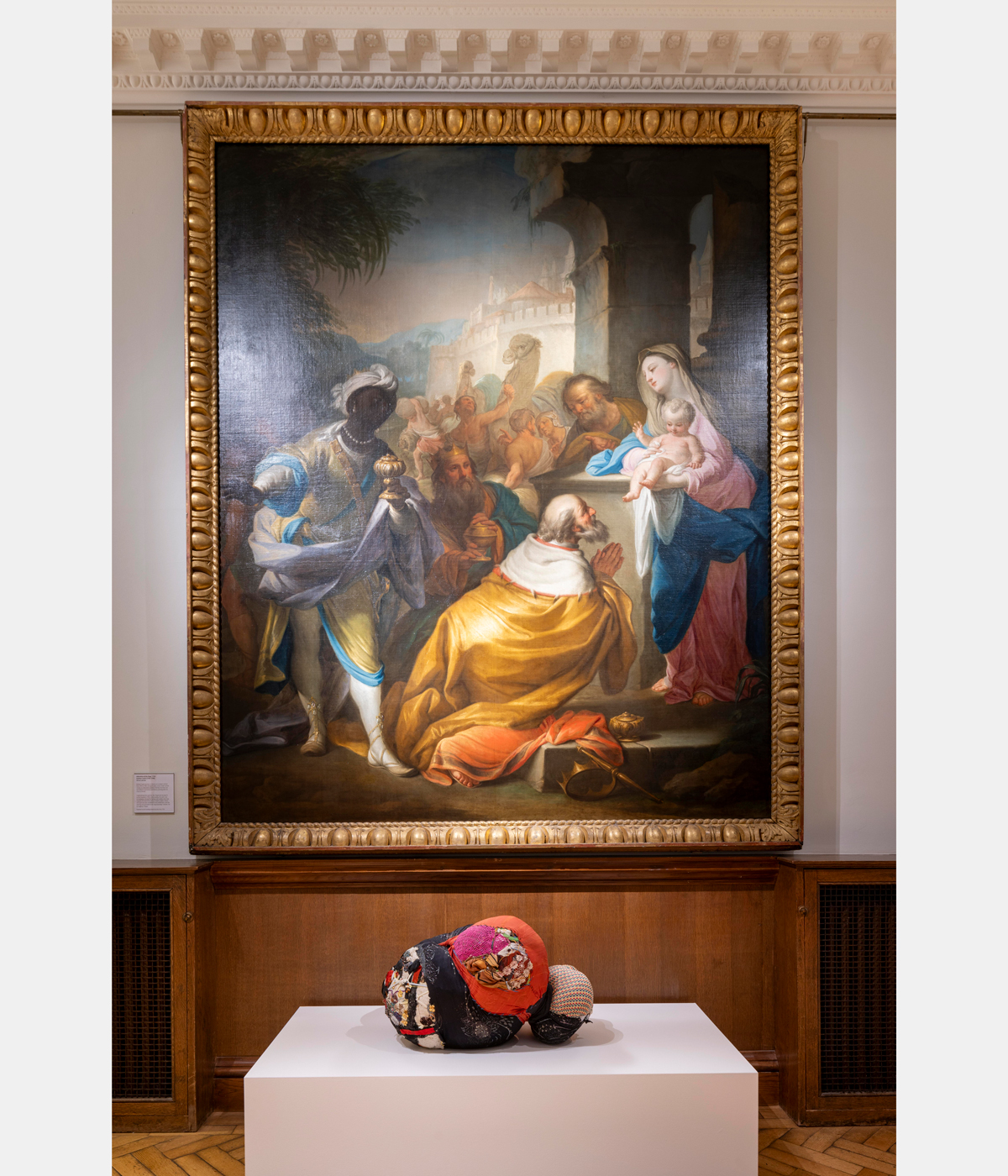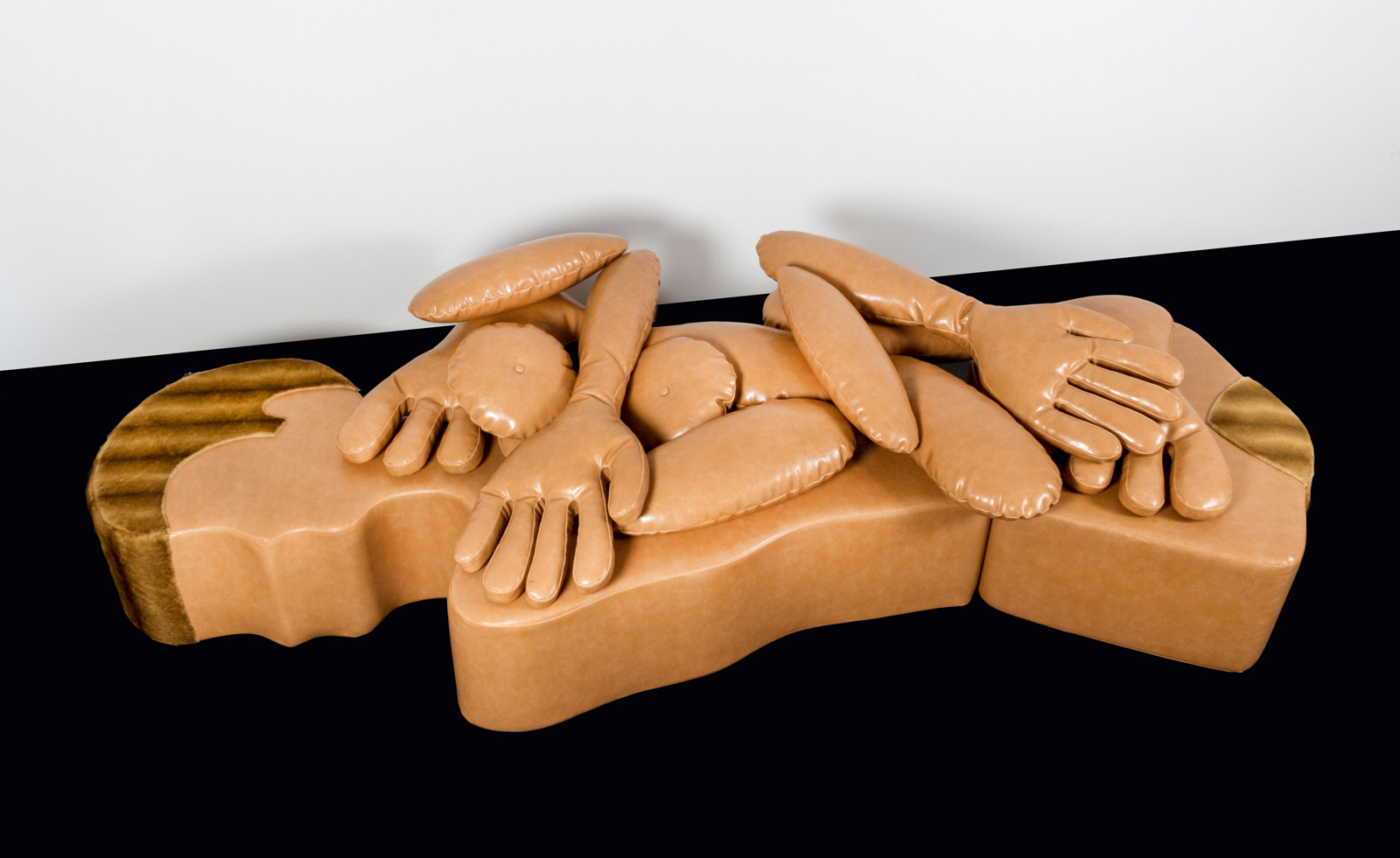
The mother is an apt figure for London’s Foundling Museum to consider: present, absent or suffocating, the mother’s role can spin a web of tendrils extending into love, sexuality and identity for her offspring.
It is a subject that has long fascinated artists including, notably, Louise Bourgeois, whose well-known spider image inspires the name of this exhibition, ‘The Mother and the Weaver’. Her work is the main focus in this curation from the Ursula Hauser collection, which unites over 40 pieces from women artists, encompassing Lorna Simpson, Rita Ackermann, Ida Applebroog, Sheila Hicks, Berlinde de Bruyckere, Maria Lassnig, Marlene Dumas, Sonia Gomes, Luchita Hurtado, Nicola L, Anna Maria Maiolino, Carol Rama, Pipilotti Rist, Amy Sherald, Sylvia Sleigh and Alina Szapocznikow.
Here, curator Tanya Barson discusses the way artists have explored this dichotomy between the private and the public in the artists on show here.
Inside ‘The Mother and the Weaver’ at the Foundling Museum
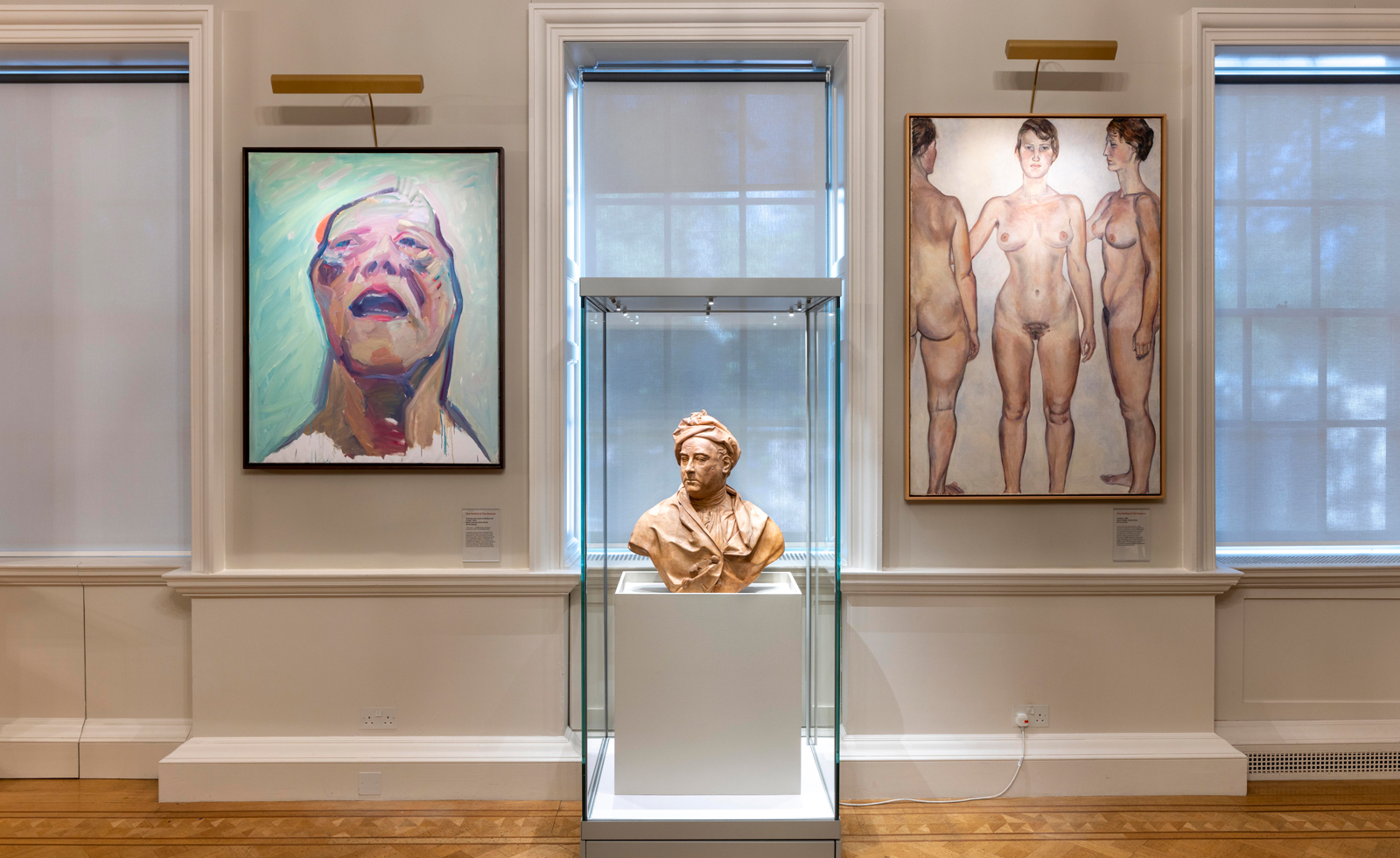
Wallpaper*: How do you explore the multi-faceted role of the mother, absent or present, in this exhibition?
Tanya Barson: The exhibition aims to address the role and representation of the mother and motherhood in a very broad sense. It is a fundamental experience in life. While we don’t all experience being mothers, we all have mothers whether they are present in our lives or not. The artists in this exhibition address the spectrum of experience of our mothers and of being mothers. They tell us about their own deeply personal experiences, of motherhood, birth, their own childhood, or having children and their relationships to parenting and with their own parents, and they don’t sugar-coat it. They are candid about the messiness of life, about its complexities and the profound paradoxes that arise in our emotional lives. Society, and art history, have tended to portray motherhood in moral terms of black and white, of ideal motherhood and of failure and condemnation, while these artists express the grey areas.
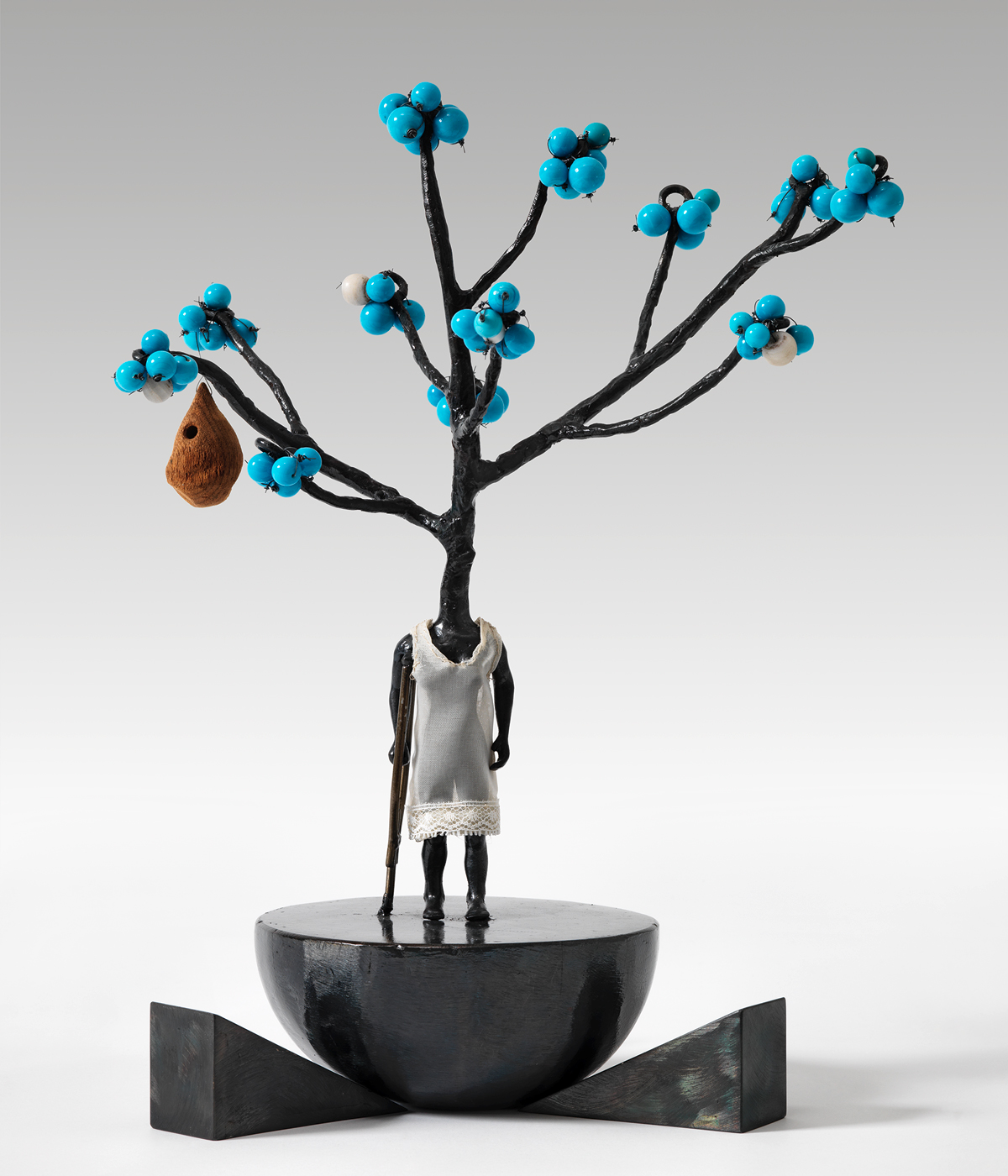
W*: What was important to consider in the curation of the artists included here?
TB: I selected works by women artists from the Ursula Hauser Collection, which has a history of engaging with female perspectives – both of the artists, their subjects and the collector.
They have also been selected because of the way they address wider concerns with the representation of the female body, which is a related theme here, including modes of self-representation by female artists, or the complexities of gender identity. Underpinning the work is also an examination of the thematics of care – very much a priority across society as well as in the art context – leading to questions such as what does care entail; who cares for whom; and what are the experiences of care or its absence that define our lives? The artists have been chosen for their frankness about things such as anxiety, loss, dependence, ambivalence, vulnerability and, conversely, strength, love and resilience.
What’s important in this group of artists is that they address complex or difficult aspects of human experience non-verbally, and yet in ways that are themselves complex and multi-layered. That is to say, without closing down the possibilities but opening up to a range of responses. The museum is a complex and emotive space and its many different audiences and visitors should be able to experience these extraordinary artworks on their own terms. The fact that artists use their own individual languages means that each viewer can encounter them without needing translation. They speak for themselves.
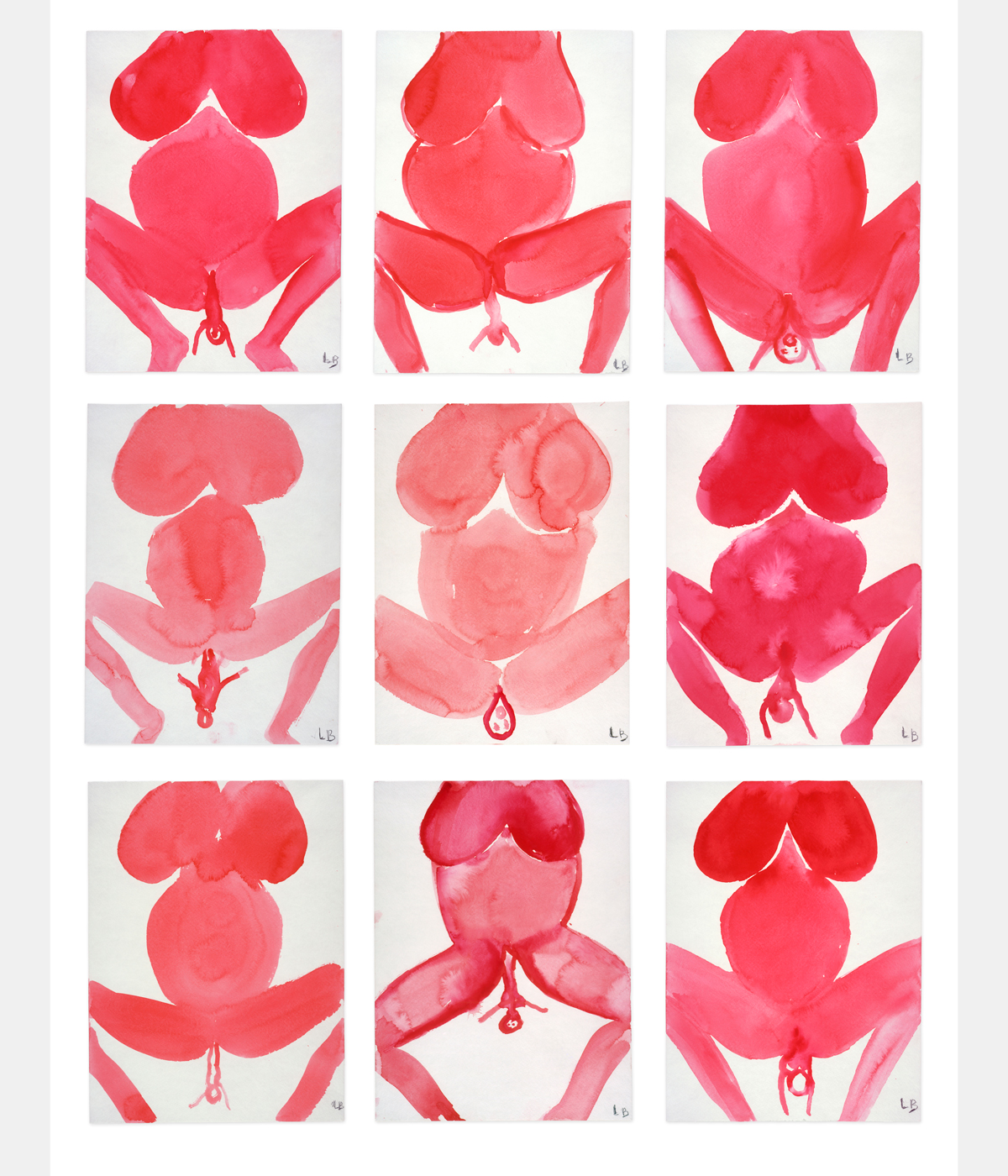
W*: What can visitors look forward to from this exhibition?
TB: The exhibition includes a selection of exceptional works by artists of the first order. Works that are in turns fierce or timid, full of sorrow or hope, pain or joy. Some of the artists are widely acclaimed, while others may be discoveries to the visitors. What is perhaps most special is to view these works in dialogue with the museum, its collection, its history and the setting it affords.
‘The Mother & The Weaver: Art from the Ursula Hauser Collection’ at the Foundling Museum until 18 February 2024
